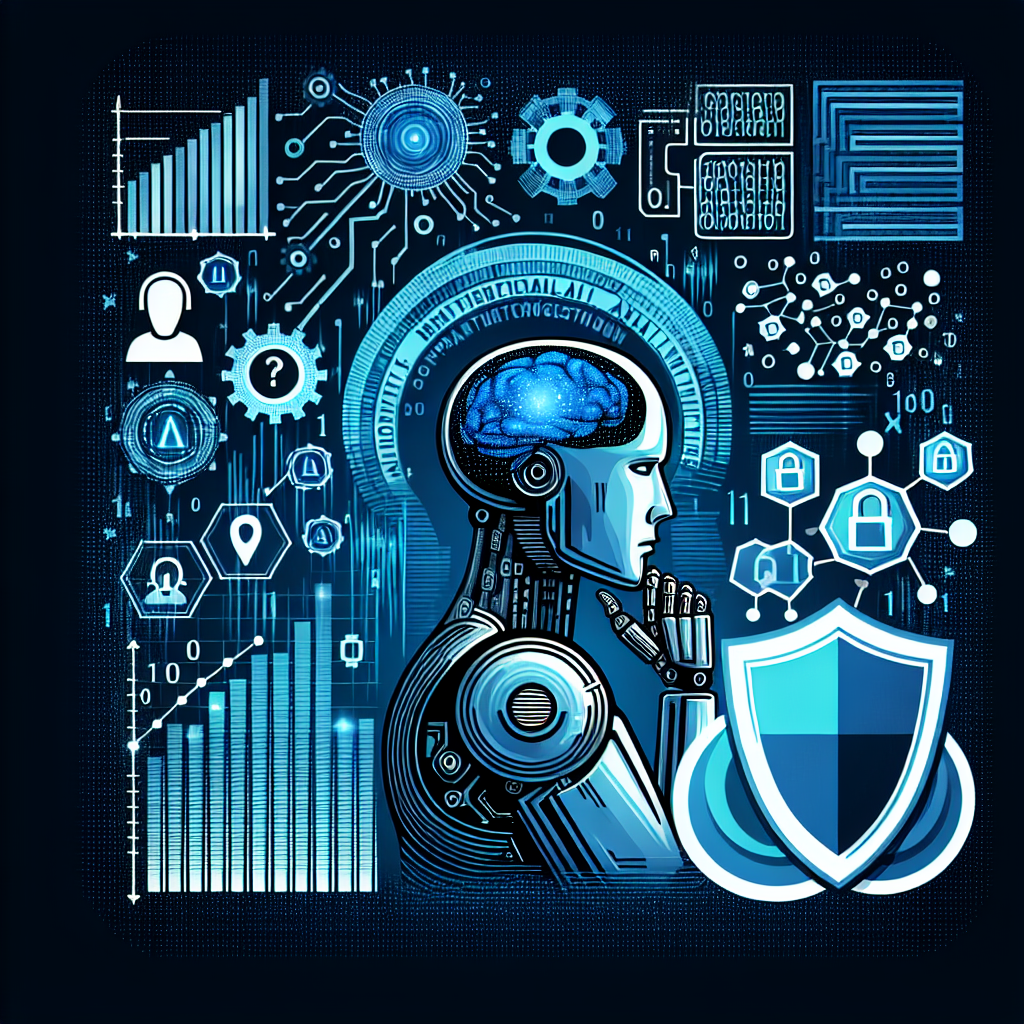In today’s digital age, cybersecurity has become a top priority for businesses and organizations around the world. With the increasing sophistication of cyber threats, traditional methods of protecting sensitive data and systems are no longer sufficient. This is where predictive analytics comes into play, leveraging artificial intelligence (AI) to revolutionize the way we detect and respond to cyber threats.
Predictive analytics in cybersecurity involves using historical and real-time data to identify patterns and trends that may indicate a potential security breach. By analyzing vast amounts of data, AI-driven predictive analytics can predict and prevent cyber attacks before they happen, providing a proactive approach to cybersecurity.
AI-powered predictive analytics in cybersecurity has the potential to transform the way organizations protect their digital assets. Here are some key ways in which AI is revolutionizing predictive analytics in cybersecurity:
1. Improved threat detection: AI algorithms can analyze vast amounts of data in real-time to detect anomalies and unusual patterns that may indicate a potential cyber threat. By continuously monitoring network traffic, user behavior, and system logs, AI can quickly identify and respond to potential threats before they escalate.
2. Faster response times: Traditional cybersecurity measures rely on manual intervention to detect and respond to security incidents. AI-powered predictive analytics can automate the detection and response process, enabling organizations to respond to threats in real-time and minimize the impact of cyber attacks.
3. Enhanced accuracy: AI algorithms can analyze data with greater speed and accuracy than human analysts, reducing the likelihood of false positives and false negatives. By leveraging machine learning algorithms, AI can continuously learn and adapt to new threats, improving the accuracy of threat detection over time.
4. Predictive modeling: AI-powered predictive analytics can generate predictive models that help organizations anticipate and prevent future cyber attacks. By analyzing historical data and trends, AI can identify potential vulnerabilities and weaknesses in a system, enabling organizations to proactively address security gaps before they are exploited by cyber criminals.
5. Behavioral analysis: AI-powered predictive analytics can analyze user behavior and identify anomalies that may indicate a security breach. By monitoring user activity and flagging suspicious behavior, AI can help organizations detect insider threats and prevent data breaches before they occur.
FAQs:
Q: How does AI-powered predictive analytics differ from traditional cybersecurity measures?
A: Traditional cybersecurity measures rely on reactive approaches to threat detection and response, whereas AI-powered predictive analytics takes a proactive approach by analyzing data in real-time to predict and prevent cyber attacks before they happen.
Q: How can organizations implement AI-powered predictive analytics in their cybersecurity strategy?
A: Organizations can implement AI-powered predictive analytics by investing in AI technologies and tools that are specifically designed for cybersecurity. By partnering with AI vendors and experts, organizations can develop customized solutions that meet their specific security needs.
Q: What are the potential challenges of implementing AI-powered predictive analytics in cybersecurity?
A: One potential challenge of implementing AI-powered predictive analytics in cybersecurity is the need for skilled AI professionals who can develop and maintain AI algorithms. Additionally, organizations may face challenges in integrating AI technologies with existing cybersecurity systems and processes.
Q: How can AI-powered predictive analytics help organizations improve their overall cybersecurity posture?
A: AI-powered predictive analytics can help organizations improve their overall cybersecurity posture by providing real-time threat detection and response, enhancing accuracy in threat detection, generating predictive models to anticipate future cyber attacks, analyzing user behavior to detect insider threats, and automating the cybersecurity process to reduce response times.
In conclusion, AI-powered predictive analytics is revolutionizing the way organizations detect and respond to cyber threats. By leveraging AI technologies, organizations can proactively protect their digital assets and prevent cyber attacks before they happen. As the cybersecurity landscape continues to evolve, AI-powered predictive analytics will play an increasingly important role in safeguarding sensitive data and systems from malicious actors.

